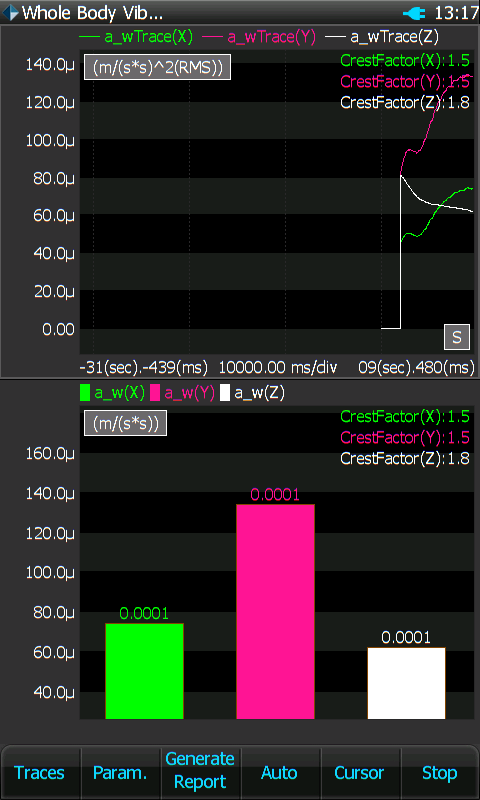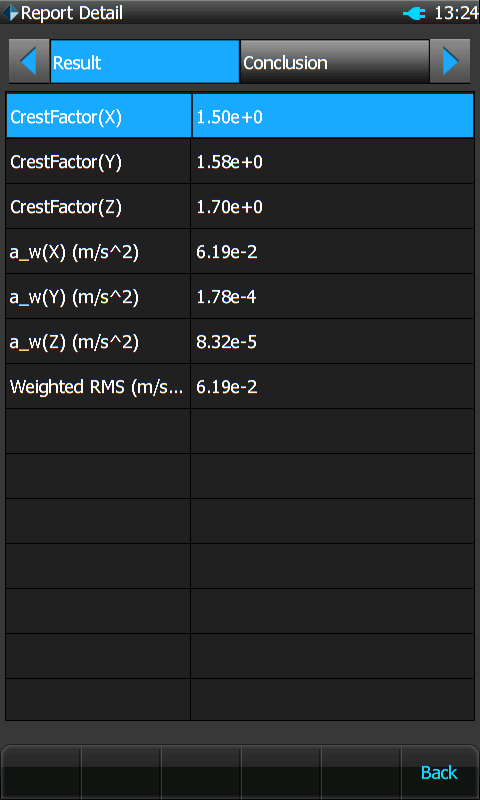Whole Body Vibration Measurements Help Obtain Vibration Emission Data
What is WBV used for?
Many industrial workers are subjected to whole-body vibration on a regular basis, which can have a noticeable effect on their health. Employers are expected to provide an accurate risk assessment of whole-body vibrations resulting from use of their equipment. WBV measurements are therefore necessary to provide access to vibration emission data. The availability of accurate vibration emission data is essential to the process for employers completing a vibration risk assessment.
What does WBV measure?
Whole-Body-Vibration testing is used to identify and measure the magnitude of hand-arm and whole-body vibrations. Parameters such as frequency, magnitude, and exposure time all influence the level of vibration experienced by the worker. There are several different types of measurements defined according to ISO 2631-1, including an analysis for Health, Comfort, Perception, and Motion Sickness applications. For WBV, measurements were made at the operator’s seat. A frequency-weighted vibration magnitude was calculated using the RMS acceleration of the highest of the three orthogonal axes. Subsequent statistical analysis is used to quantify how much the vibration levels vary across different types of equipment.
How to measure WBV?
Whole-body-Vibration measurements can be obtained with the CoCo-80X. The WBV application operates as a standalone application on the CoCo-80X. WBV is one of the four measurement categories in Vibration Intensity (which also includes Hand-Arm Vibration, Building Vibration, and Ship Cabin Vibration). When Vibration Intensity is launched, users can choose the test type and operator position. When the test is complete, a report will be generated. Report files are stored as PDF documents in a folder titled “Report” on the SD card.



